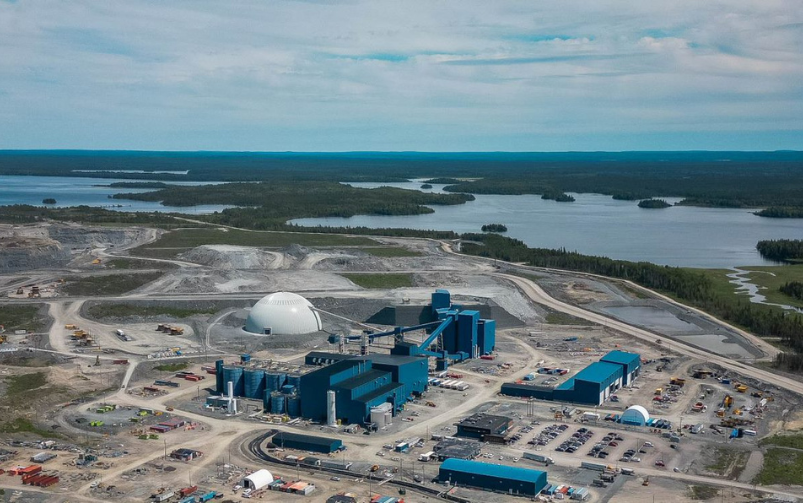Copper Fox Metals’ Schaft Creek project, located in northern B.C., is one of the 16 proposed mines included in a new Mining Association of British Columbia (MABC) study. Courtesy of Copper Fox Metals.
On Jan. 8, an independent economic impact study conducted for the Mining Association of British Columbia (MABC) was released, outlining the economic impact of 14 proposed critical mineral mines, along with two proposed mine extensions, in B.C. These proposed mines are set to produce copper, nickel, niobium, cobalt, molybdenum, zinc and rare earth elements.
The study, which was conducted by Mansfield Consulting Inc., revealed that the long-term economic impact expected from these 16 proposals could amount to nearly $800 billion over several decades. According to the study, the proposed critical mineral mines represent $36.5 billion in near-term investment, over 300,000 person-years of employment and nearly $11 billion in tax revenues.
As Canada continues to advance its shift to cleaner energy sources, the demand for critical minerals and metals is expected to increase significantly. This sustained demand, according to the International Energy Agency, can be expected to increase by six times by the year 2040.
Of the 31 minerals that Canada deems critical, 16 of those are located or produced in B.C., positioning the province as a key player in advancing Canada’s goal of reaching net-zero greenhouse gas (GHG) emissions by the year 2050. According to the MABC, there are currently 10 metal mines, seven steelmaking coal mines and two smelters operating in B.C.
“This is a generational opportunity which must be seized and could position B.C. as a leading global supplier of responsibly- produced critical minerals. We want to move forward with the Governments of Canada and British Columbia, First Nations, local governments and labour to unlock critical mineral developments for the benefit of all British Columbians,” said Michael Goehring, president and CEO of the MABC, in a press release accompanying the study.
In the study, the MABC noted some actions that need to be taken by both provincial and federal governments to unlock the full power of B.C.’s critical minerals and metals supply. “The realization of benefits from these critical mineral projects is dependent on B.C. having competitive fiscal and regulatory policies that will attract the investment necessary to grow and sustain the sector,” said Goehring in the release.
The five policy areas where change is needed most, according to the MABC, include the need for competitive fiscal policy to be set in place, speeding up the mine permitting process, advancing economic reconciliation with First Nations communities, investing in the electrification of new critical mineral developments, and more support for skills training, health and safety.
Goehring further emphasized the crucial role that B.C.’s critical minerals strategy will play in further developing these 16 proposals, noting that “the provincial government’s forthcoming critical minerals strategy is fundamental to these efforts.”
From October 6 to November 6, 2023, a period of engagement regarding the strategy was held by the B.C. government. Feedback from this engagement, as well as input gathered through the Critical Minerals Advisory Committee, First Nations engagement and a First Nations Energy and Mines Council event, will inform the strategy. The finalized strategy is expected to be released later this winter.
In addition to the 16 proposed critical mineral mines, the study also examined the economic impact of five proposed precious metal mines that would produce gold and silver. According to the study, the combined long-term economic impact of these mines would total $29.5 billion, introduce over 96,000 person-years of employment and yield $5.3 billion in tax revenue.




